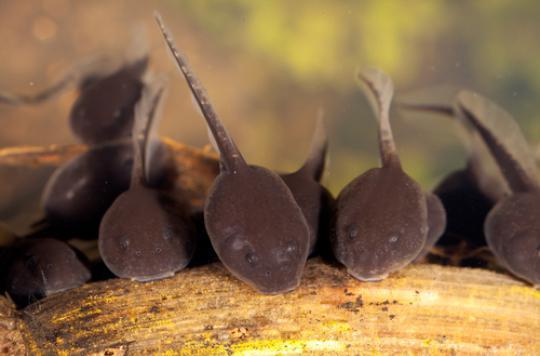The experts appointed by the ANSM raise many questions, especially on the doses tested and the precise goal of the murderous trial.

After the death of a volunteer and the hospitalization of five others, included in a phase 1 clinical trial conducted by the company Biotrial on behalf of the Portuguese laboratory Bial, the National Medicines Safety Agency (ANSM) appointed a committee of experts (CSST). the full report of their first meeting was made public on Monday.
Scientists are making hypotheses on what could have led to the fatal outcome of this test, but above all they highlight various problematic points, on which the Bial laboratory will have to justify itself by the next CSST meeting, scheduled for March 24th.
Questionable recruitment
According to the experts, the protocol carried out by Biotrial corresponded well to the current standards in force for a phase 1 trial, and did not include any element that could justify delaying its authorization. However, the CSST considers it “regrettable” that the selection of volunteers did not provide for a neuropsychological evaluation since the molecule tested targeted the central nervous system. We learn that one of the subjects hospitalized last January had a history of head trauma.
Two other subjects presented cardiovascular risk factors: arterial hypertension for one and a small abnormal heart rhythm for the second. Experts also note a lack of homogeneity among the ages of the 90 volunteers recruited who ranged from 18 to 55 years old. Some subjects were, according to the CSST, “relatively old compared to what is generally observed in phase 1 studies”. The volunteer who died on January 17 was 49 years old.
A plausible “off-target” effect
Suggested by several specialists from the first days after the tragedy, the off-target or “off-target” effect seems to be taking shape. A hypothesis which however needs to be documented, underline the experts, before being proven. However, they do not hesitate to write that the available elements “strongly suggest an off-target effect to explain the accident that occurred in Rennes”.
BIA 10-2474 would not be specific enough. The molecule is indeed an FAAH inhibitor (an enzyme of the endocannabinoid system), but experts note that it is “much less specific than the FAAH inhibitors developed previously”. BIA 10-2474 could thus interact with dozens of other proteins present in the brain, and disrupt their functioning.
“Complex” data to analyze
The report provides numerous details on the pre-clinical phases, carried out in animals, which had recently been a source of criticism. However, the experts indicate in the preamble that the data available to the committee at its first meeting turned out to be “complex to analyze”. Additional information “on several important points” was therefore requested from the Bial laboratory.
The data confirms that two dogs were indeed sacrificed. But the pulmonary alterations from which these animals were suffering appear “surprising in their frequency” for experts. They would have been clearly visible in several other dogs, not deceased. As for the explanation provided by Bial to justify these attacks, it “seemed implausible to the CSST experts”!
Dogs are not the only ones to have shown reactions to BIA 10-2474. In all 6 primates died or were euthanized for “ethical reasons”, including a female after an escalation of the dose.
The experts are especially surprised that the pre-clinical tests were carried out in four different species, including two rodents. A choice deemed “unusual”, on which the Bial laboratory will have to explain
A fuzzy goal
Experts do not fail to question the real purpose of the clinical trial. They note in particular a surprising fact in the protocols carried out on animals. While the BIA 10-2474 molecule was supposed to be developed for its analgesic properties, no test has been carried out either in rodents, primates or dogs, to compare the effects of BIA 10-2474 to those of a standard analgesic. “This seems too summary to justify the pursuit of development, a fortiori in humans”, conclude the CSST!
A problematic dose escalation
Last but not least, the experts severely judge the doses tested. According to their calculations, inhibition of FAAH should be achieved from 5 mg of BIA 10-2474, or even 1.25 mg. So far from what the different groups of volunteers received in one or more doses (20 to 300 mg). Even if the goal of phase 1 is to test tolerance to the molecule, including beyond the therapeutic dose, “this questions the need to test an escalation of up to 20 to 80 times the dose inhibiting the FAAH ”, comments the CSST.
The choice of the first dose (0.25 mg) administered to the first volunteers of the trial, last July, is considered prudent by the experts. It is the progression of the dosages used between the different groups that is the problem. This one is too brutal, especially between the last groups, “whereas the reverse would have been expected”, one can read in the report. The doses were thus multiplied by 2.5 between group 4 and that in which the accident occurred. They had only been doubled between groups 3 and 4.
.












